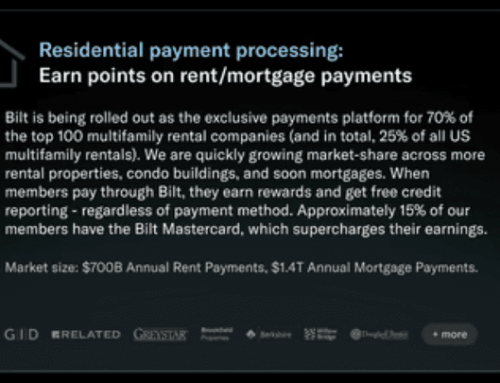More markets are watching falling home prices as the inventory of properties for sale piles up.
Home prices grew 1.6% in May from the same time last year, down from April’s 2% annual growth rate according to Intercontinental Exchange. The company’s Home Price Index is the latest report showing continued growth in the nation’s house values albeit at far slower paces than during the refinance boom.
On a more recent basis, 40% of the nation’s largest housing markets saw seasonally adjusted monthly home price declines from April to May, ICE reported. That included all but one of the top 24 markets in the West, where inventory surpluses are growing. Analysts pointed to Bay Area markets San Francisco, San Jose, and Stockton where the number of homes for sale has surpassed pre-pandemic levels.
Industry stakeholders like the Mortgage Bankers Association have suggested rising inventory will bode well for purchase activity, while the spring homebuying season has moved at a moderate pace. Newly built homes have enjoyed a boost, but consumers overall still face affordability challenges namely in elevated mortgage rates.
ICE found 23 major metros with annual price drops in mid-May, with the majority of those newly-declining markets in the West. Those include Denver, where home prices are down 1.6% annually, and perennial hotspot Phoenix, where prices have faded 1.2% in the past 12 months.
The number of metros with annual price declines is the largest since late 2023, when mortgage rates climbed above 7.5%, according to this week’s analysis.
“If these current trends persist, we could see prices fall (year-over-year) in even more West Coast markets,” a press release from ICE read.
No markets in the Midwest or Northeast meanwhile recorded either annual or seasonally adjusted price declines.
The ICE analysis comes at the same time Redfin economists suggest median U.S. home sales prices to fall 1% year-over-year in the fourth quarter. Additionally, Fitch Ratings recently found home prices overvalued by 11% nationwide in the recent fourth quarter. Fitch analysts blamed their findings on reduced demand stemming from factors including economic uncertainty.

